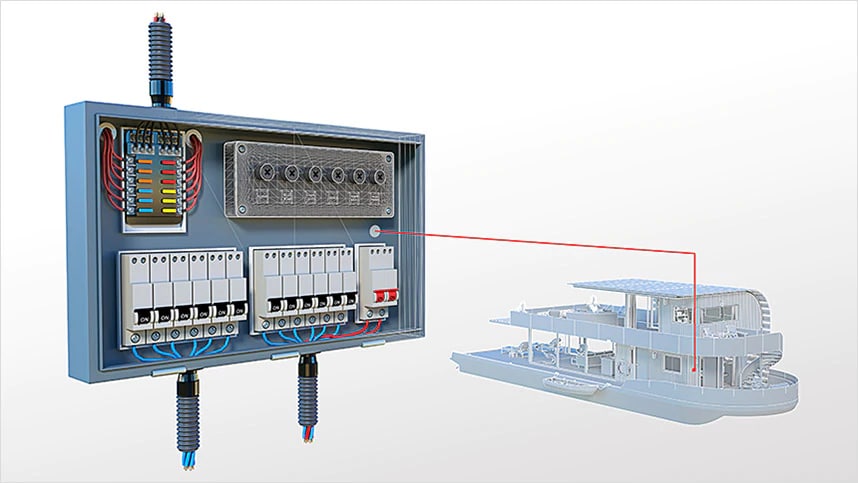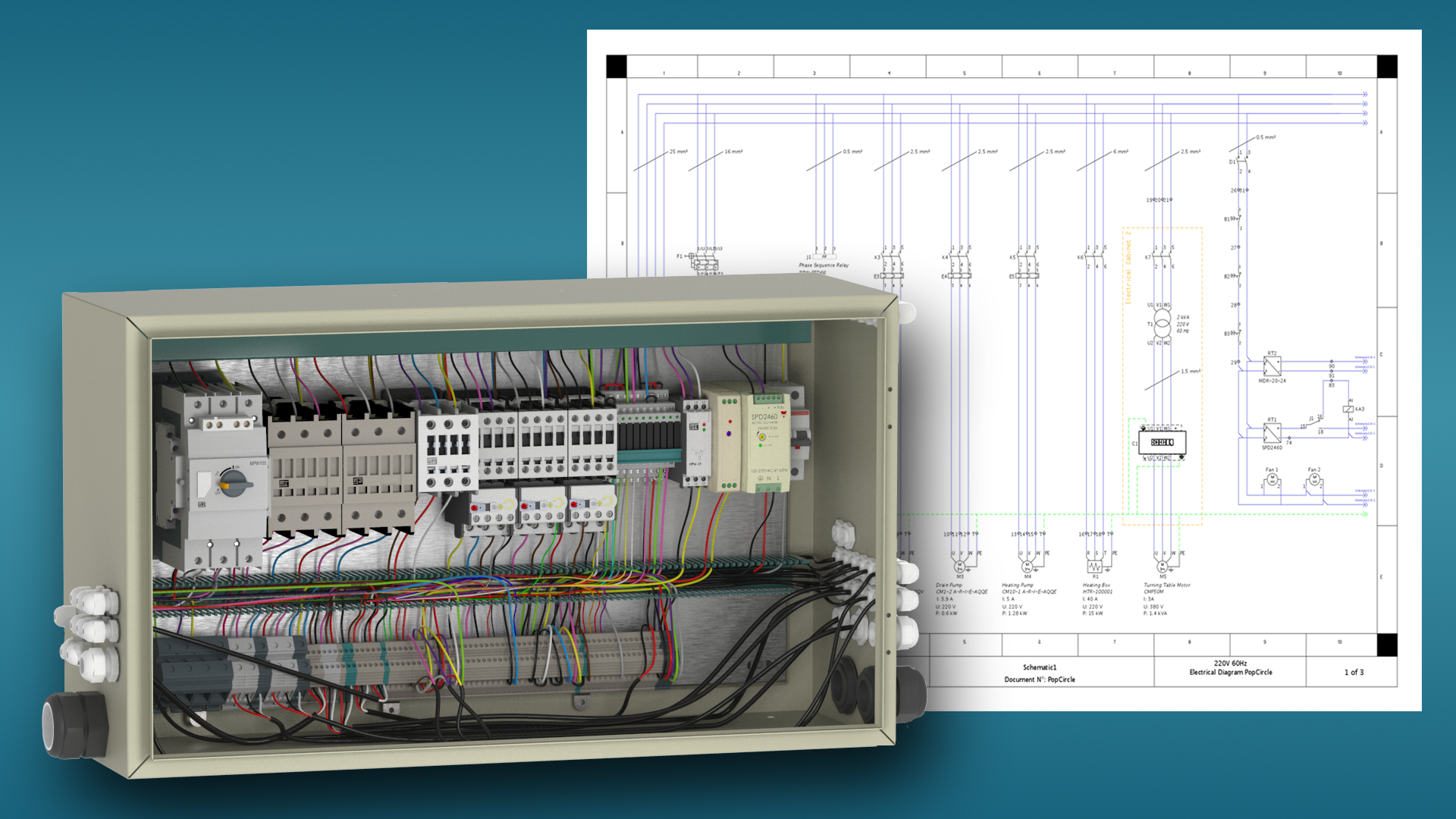Ingenious Electrical Design Services for Modern Facilities
As city atmospheres expand progressively intricate, incorporating innovations such as smart grids and eco-friendly power resources ends up being vital. These improvements not only assure to maximize energy usage yet also foster durability against future needs.
Importance of Cutting-edge Electric Design
Ingenious electrical design plays an important duty in modern infrastructure, affecting not only effectiveness yet also sustainability. As cities advance and the demand for energy increases, the need for innovative electric systems becomes critical. These systems have to not just satisfy present needs yet additionally anticipate future growth and technical advancements.
A well-executed electrical design can significantly lower energy intake, therefore lowering functional costs and minimizing environmental impact. By including renewable power sources, such as photovoltaic panels and wind turbines, cutting-edge styles can enhance power freedom and strength. Moreover, wise grid modern technologies enable real-time tracking and monitoring of power circulation, optimizing performance and minimizing waste.
Safety and security is one more critical facet of electrical design. Carrying out strenuous requirements and innovative innovations can minimize threats connected with electric failings, making certain a secure environment for services and citizens alike. In addition, innovative layouts facilitate adaptability, permitting facilities to incorporate arising modern technologies seamlessly.
Secret Patterns in Electrical Design
As the landscape of electric design remains to develop, numerous crucial patterns are shaping the future of the sector. One significant fad is the assimilation of smart innovation right into electric systems. The spreading of the Net of Points (IoT) has allowed real-time surveillance and control of electric tools, enhancing effectiveness and promoting predictive upkeep.
One more fad is the growing emphasis on modular design. This technique permits versatile and scalable options, making it possible for infrastructure to adjust to changing demands without substantial renovations. In addition, the use of advanced simulation tools and Building Details Modeling (BIM) is becoming progressively widespread, improving the design procedure and enhancing collaboration amongst stakeholders.
Furthermore, advancements in materials science are bring about the growth of lighter, a lot more long lasting, and energy-efficient parts. This innovation is especially essential for high-performance buildings and framework jobs.
Last but not least, there is a significant shift towards data-driven decision-making - electrical load calculation. Leveraging information analytics aids developers maximize systems for performance and cost-effectiveness. With each other, these fads represent a transformative era in electrical design, improving capability, sustainability, and resilience in contemporary framework
Lasting Power Solutions
Sustainable power options are increasingly coming to be an essential emphasis in electric design, reflecting a wider dedication to ecological responsibility and source effectiveness. These services intend to reduce environmental impact while optimizing power usage in various infrastructures, from residential buildings to huge commercial centers.
One of the primary techniques includes the integration of eco-friendly energy resources, such as solar panels and wind generators, right into electrical systems. This not just decreases dependency on fossil fuels however likewise improves energy durability. In addition, cutting-edge power storage space systems, such as advanced batteries, make it possible for effective management and circulation of energy, making certain that surplus energy created throughout peak manufacturing can be used during high need periods.
In addition, energy-efficient design practices are being embraced to enhance total system efficiency. This consists of making use of energy-efficient lights, a/c systems, and clever structure technologies that keep track of and adapt energy use based upon occupancy and ecological problems.
Smart Grid Technologies
The execution of lasting power solutions naturally leads to the expedition of smart grid innovations, which play a crucial function in modernizing electric systems. Smart grids take advantage of progressed interaction modern technologies and information analytics to enhance the integrity, performance, and sustainability of electricity distribution. By integrating electronic technology with conventional grid infrastructure, these systems help with real-time tracking, automated control, and enhanced decision-making capacities.
Among the crucial functions of smart grids is their capability to suit sustainable energy resources, such as solar and wind power. This adaptability not just lowers reliance on fossil fuels click for more info but likewise permits a much more decentralized power production version. Moreover, wise grids allow demand response programs, where consumers can adjust their energy usage based on real-time prices, consequently promoting power preservation and decreasing peak load needs.
Furthermore, wise grid modern technologies boost grid resilience by enabling quicker recognition and resolution of blackouts, ultimately decreasing downtime. With predictive upkeep and analytics, energies can maximize procedures and enhance service delivery. As communities and cities proceed to advance, smart grid innovations are important for developing a lasting and efficient electrical infrastructure that meets the demands of modern-day society.

Future-Proofing Facilities
To make sure long-lasting practicality and flexibility, future-proofing facilities is essential in the rapidly progressing landscape of electrical design services. As technology developments and power demands shift, it is vital that electric systems are see this website made with versatility in mind. This requires including scalable services that can accommodate future upgrades without requiring considerable overhauls.

In addition, sustainability must be a foundation of future-proofed designs. Utilizing sustainable energy resources, such as solar and wind, and optimizing energy efficiency lower reliance on fossil gas, straightening with international initiatives to battle climate modification.
Final Thought
By prioritizing adaptability, sustainability, and effectiveness, these services resolve the evolving needs of power systems. The combination of smart grid innovations and sustainable energy options improves strength and minimizes operational he said expenses.
A well-executed electrical design can considerably reduce power intake, therefore lowering functional expenses and decreasing ecological influence. By integrating renewable power resources, such as solar panels and wind generators, ingenious designs can improve energy freedom and strength. Furthermore, innovative energy storage space systems, such as advanced batteries, make it possible for effective management and circulation of power, making sure that surplus energy produced during peak manufacturing can be utilized during high need durations.
Smart grids enable need response programs, where customers can readjust their energy use based on real-time pricing, therefore promoting power conservation and reducing peak load demands. (electrical load calculation)
As technology advancements and energy demands change, it is essential that electrical systems are developed with adaptability in mind.
Comments on “Efficient Electrical Load Calculation Services for Next Project”